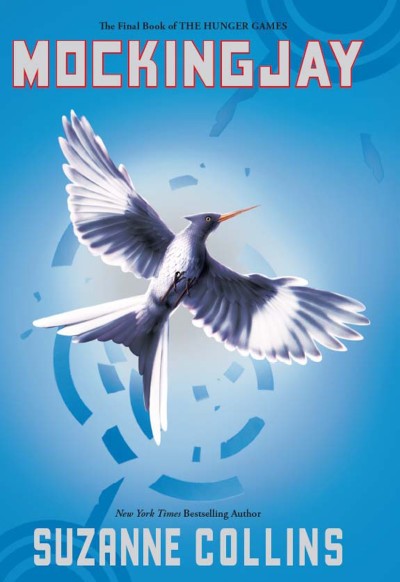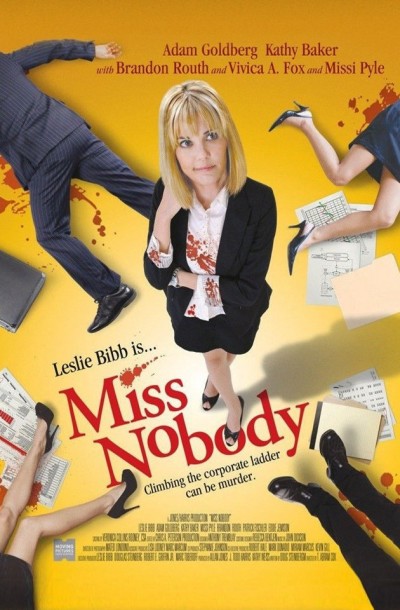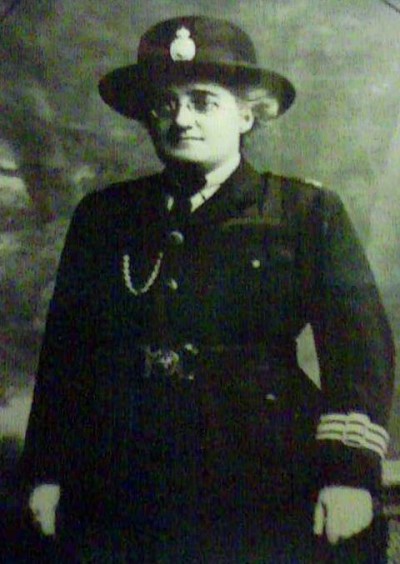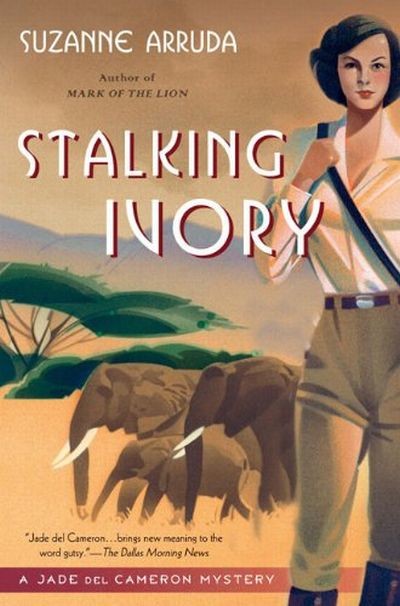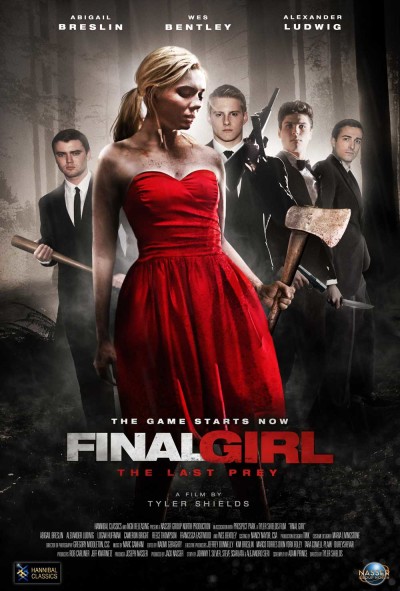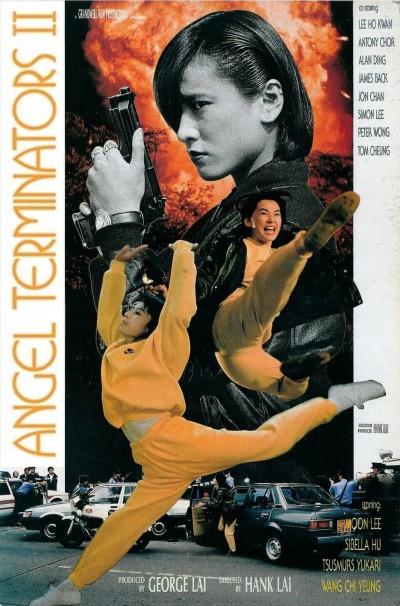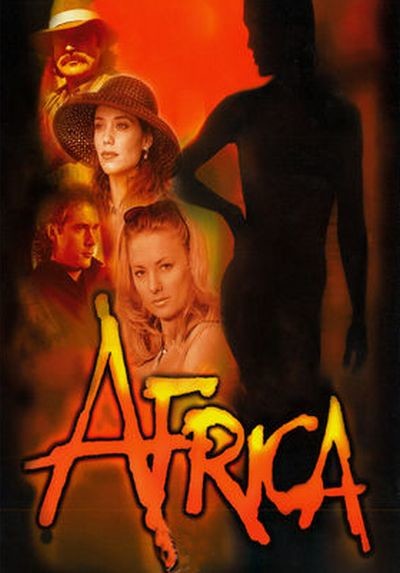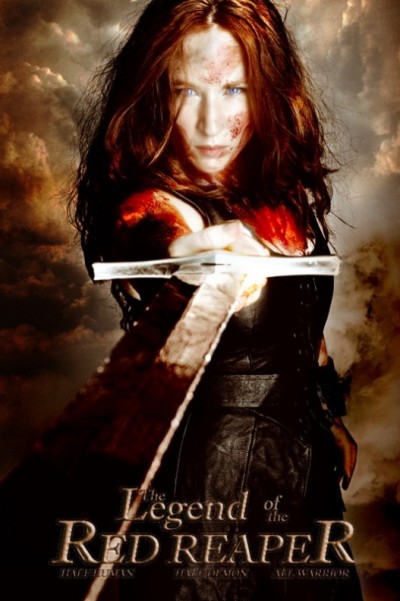★★★½
“Bravery is just not understanding the peril of your situation.”
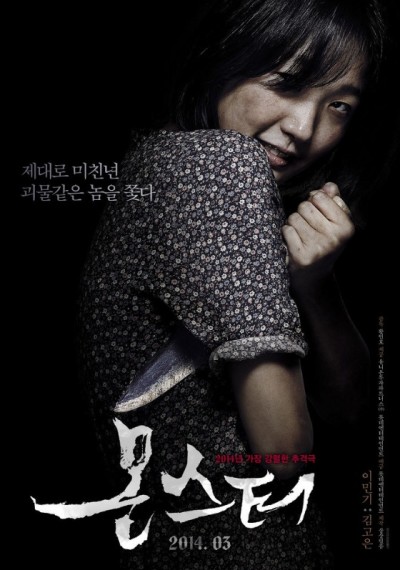 Not to be confused with the Charlize Theron movie, this Korean film is truly an odd beast: unlike some, it’s difficult to imagine a Western remake. For the heroine here, Bok-Soon (Kim Go-eun) is what could politely be called “developmentally challenged.” She can just about function, running a vegetable stand, but is largely dependent on her smarter younger sister to keep Bok-Soon out of trouble caused by her quick temper. Tragedy strikes when the pair cross paths with a vicious serial killer, Tae-So (Lee), who uses his pottery kiln to destroy the bodies of his victims. This results from a chain of events which involves a blackmail plot using a mobile phone; Tae-So’s brother (Kim), who tries to turn Tae-So’s psychotic tendencies to his own ends; and Na-Ri (Ahn), a young girl who knows the location of the crucial phone. Tae-So kills Bok-Soon’s sister, leaving her to fend for Na-Ri, while also grabbing a knife and setting out to take revenge on Tae-So. But how can someone like her, who is no match for the killer, physically or intellectually, possibly hope to prevail or even survive the encounter?
Not to be confused with the Charlize Theron movie, this Korean film is truly an odd beast: unlike some, it’s difficult to imagine a Western remake. For the heroine here, Bok-Soon (Kim Go-eun) is what could politely be called “developmentally challenged.” She can just about function, running a vegetable stand, but is largely dependent on her smarter younger sister to keep Bok-Soon out of trouble caused by her quick temper. Tragedy strikes when the pair cross paths with a vicious serial killer, Tae-So (Lee), who uses his pottery kiln to destroy the bodies of his victims. This results from a chain of events which involves a blackmail plot using a mobile phone; Tae-So’s brother (Kim), who tries to turn Tae-So’s psychotic tendencies to his own ends; and Na-Ri (Ahn), a young girl who knows the location of the crucial phone. Tae-So kills Bok-Soon’s sister, leaving her to fend for Na-Ri, while also grabbing a knife and setting out to take revenge on Tae-So. But how can someone like her, who is no match for the killer, physically or intellectually, possibly hope to prevail or even survive the encounter?
My first guess was that Tae-So’s brother was going to play a part; perhaps, realizing the creature he had unleashed could not be reined in or controlled. That absolutely nothing along those lines happens, gives you an idea both of the film’s main strength and its most obvious weakness. It’s far from predictable, yet some of the changes in direction and approach end up being more disconcerting than surprising. At times, it feels like the director couldn’t decide whether to make the film about Tae-So, his brother, or Bok-Soon, and the division of attention feels like it consequently sells all three of them short. If a film can’t commit to a single character, why should the audience? On the other hand, Hwang has a good eye for visuals, and the contrast between the villain and heroine is one of the most striking in recent history. There’s no denying the final encounter between them, in a restaurant already strewn with broken bodies, is a hardcore brawl of ferocious intensity.
Generally, I’m a big fan of intelligent characters, yet Bok-Soon is such a total contrast, it’s a refreshing change: instead of being smart, she has incredible loyalty, indefatigable perseverance to her cause, and absolutely no semblance of fear. Though is it still being brave when you genuinely don’t appreciate the severity of the danger into which you are deliberately placing yourself? That’s the question here, and part of which makes this one both appealing and incomplete. It’s a curious mix of genres, styles and approaches, perhaps making more sense to a Korean eye, But, as Kay Cox wrote, “I love the courage and freedom that comes with being a crazy old lady… no holds, no barriers, no fear.” Apart from the “old” part, that’s true for Bok-Soon: just as with the film, her weakness is also her strength, and makes for a heroine unlike any other I’ve seen.
Dir: Hwang In-ho
Star: Kim Go-eun, Lee Min-ki, Kim Roi-ha, Ahn Seo-Hyun





